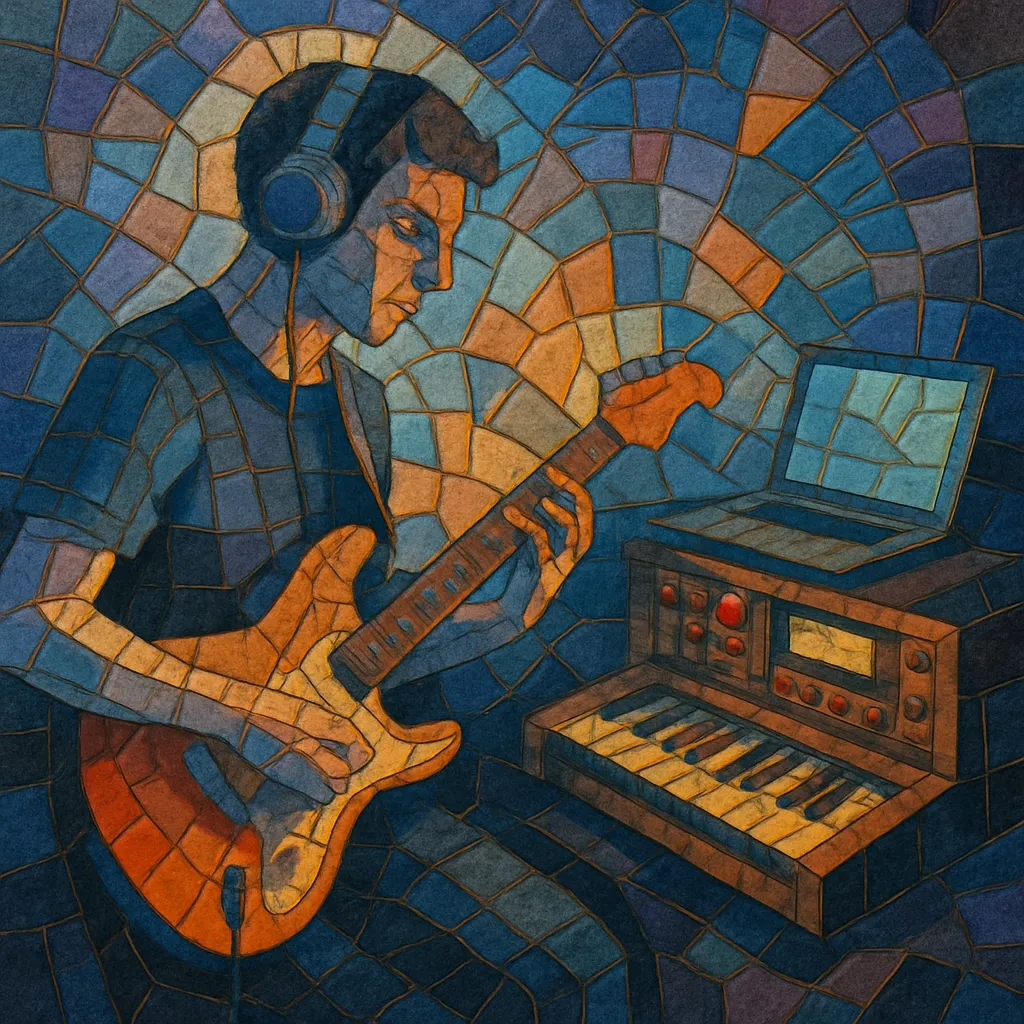
Indietronica is a hybrid of indie rock/pop songwriting and electronic music production. It blends guitars, bass, and live vocals with drum machines, samplers, soft-synths, and laptop-based sequencing, often favoring intimate, breathy vocal deliveries and hooky melodic lines.
The sound typically features crisp programmed beats, warm analog-style synths, glitchy micro-edits, and dreamy pads, with arrangements that move between reflective verses and euphoric, danceable choruses. Lyrics lean toward introspection and romance, while production aesthetics range from lo‑fi bedroom textures to polished, club‑ready gloss.
Indietronica coalesced in the late 1990s as indie musicians adopted affordable laptops, samplers, and soft-synths. Early touchpoints included the textural experiments of shoegaze and dream pop, the rhythmic and sound-design innovations of IDM and trip hop, and the melodic directness of indie pop/rock and 1980s synth-pop. German labels such as Morr Music and City Centre Offices incubated a "laptop pop" scene (e.g., The Notwist, Lali Puna, Ms. John Soda), fusing gentle vocals and guitars with micro-beats and glitch textures.
The early-to-mid 2000s brought wider recognition: The Postal Service’s "Give Up" (2003) demonstrated how tender indie songwriting could meet buoyant, programmable rhythms; Hot Chip, Junior Boys, and The Knife expanded the palette with more club-aware grooves and synth-forward production. Blog culture, MP3 sharing, and affordable DAWs enabled rapid dissemination and a global network of bedroom producers and bands.
By the 2010s, indietronica aesthetics permeated mainstream indie and pop, influencing acts who paired emotive vocals with sleek electronic backdrops. Artists like CHVRCHES and Passion Pit brought brighter stadium-sized hooks, while others kept the intimate, lo‑fi, nostalgic feel associated with bedroom production. The genre now functions as a flexible bridge between indie songwriting and contemporary electronic production practices.
Key hubs included the UK, Germany, and the US, with labels such as Morr Music, Sub Pop, and Domino playing roles at different points. Technologically, the genre benefited from VST instruments, sample libraries, and DAWs (Ableton Live, Logic), encouraging a hybrid workflow where guitars and vocals coexist with programmed drums and synths.

